How to put out a candle with CO2
by Scott Dutfield · 06/01/2021
Use science to amaze your friends by putting out a candle with a heavy gas
If you’re under 18, make sure you have an adult with you.
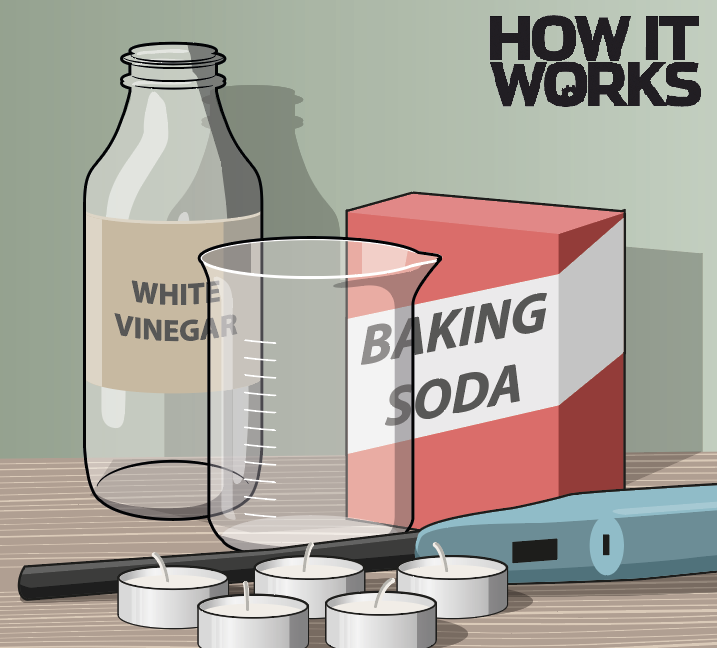
1. Get ready
Before you start the experiment make sure you have everything you need. Get some vinegar and baking soda to create your gas, along with two large cups or pint glasses. You’ll also need a candle and some matches.
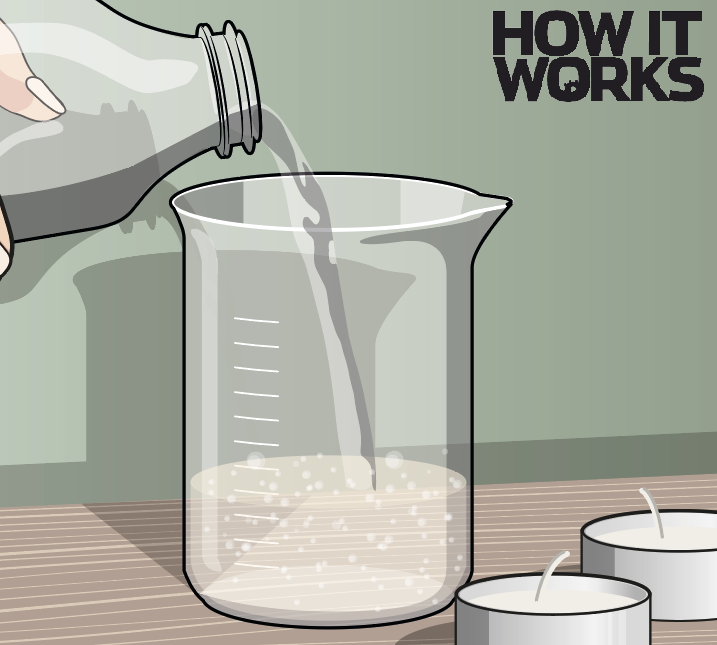
2. Create some CO2
First, you should make your gas. Put a heaped teaspoon of baking soda into one of your glasses. Then add a tablespoon of vinegar. The reaction will produce a lot of bubbles, so don’t be tempted to add any more to the mix.
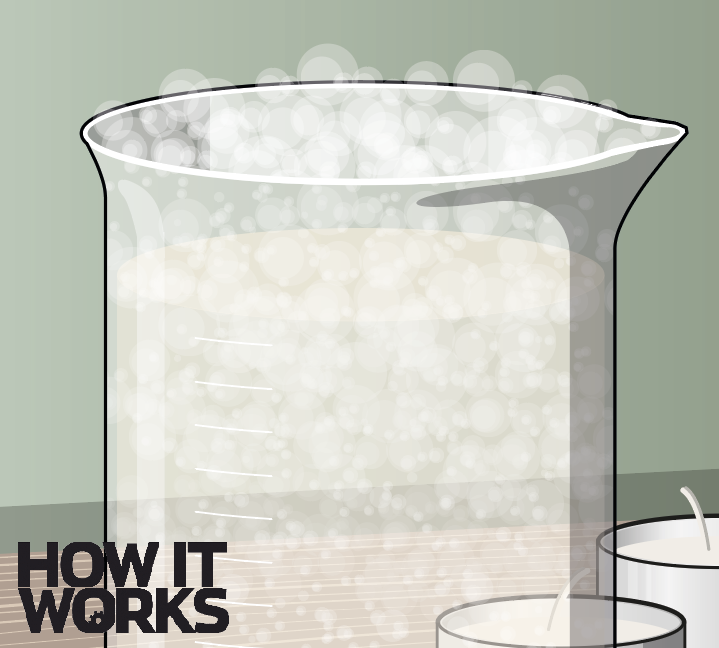
3. Let it settle
Wait for the bubbles to go down and the gas to settle before you go any further. When the baking soda and the vinegar react together it produces carbon dioxide, or CO2. Because the CO2 is heavier than air it stays in the glass.
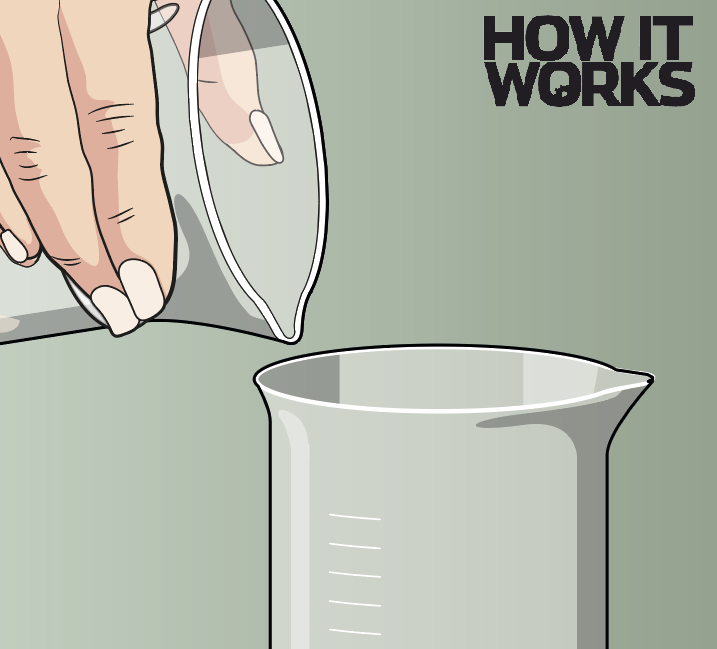
4. Pour it into a cup
Now pour your CO2 from your first glass to your second. You won’t be able to see the gas, so you’ll need to use your imagination. Move slowly and try to avoid pouring the liquid in if you can.
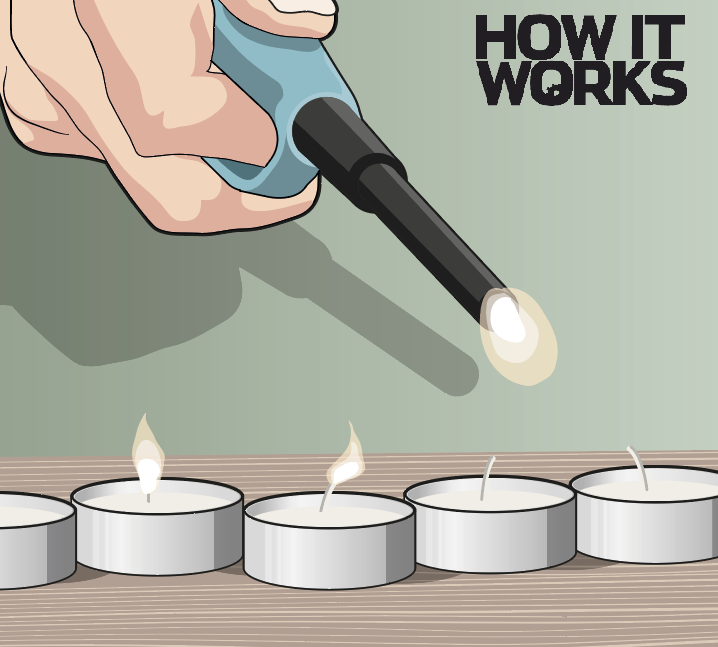
5. Light your candle
Now it’s time to light your candle – ask an adult to help. Why not try lighting a row of tea lights and seeing how many you can put out with your gas?
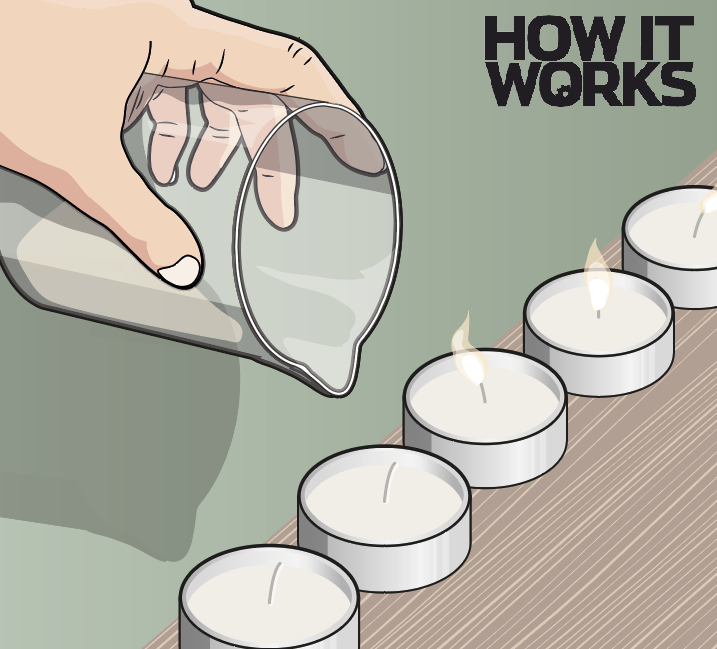
6. Put it out
Carefully lift your glass of CO2 and gently start pouring the gas onto the flame. Because it’s heavier than air, as you tip the glass it will fall out, a little like pouring water. The flames will go out.
For more science and technology articles, pick up the latest copy of How It Works from all good retailers or from our website now. If you have a tablet or smartphone, you can also download the digital version onto your iOS or Android device. To make sure you never miss an issue of How It Works magazine, subscribe today!





